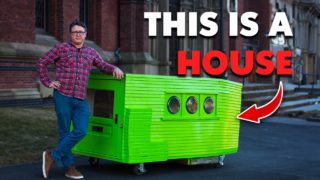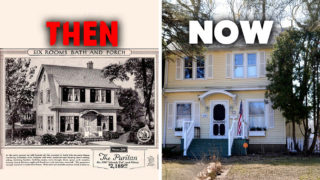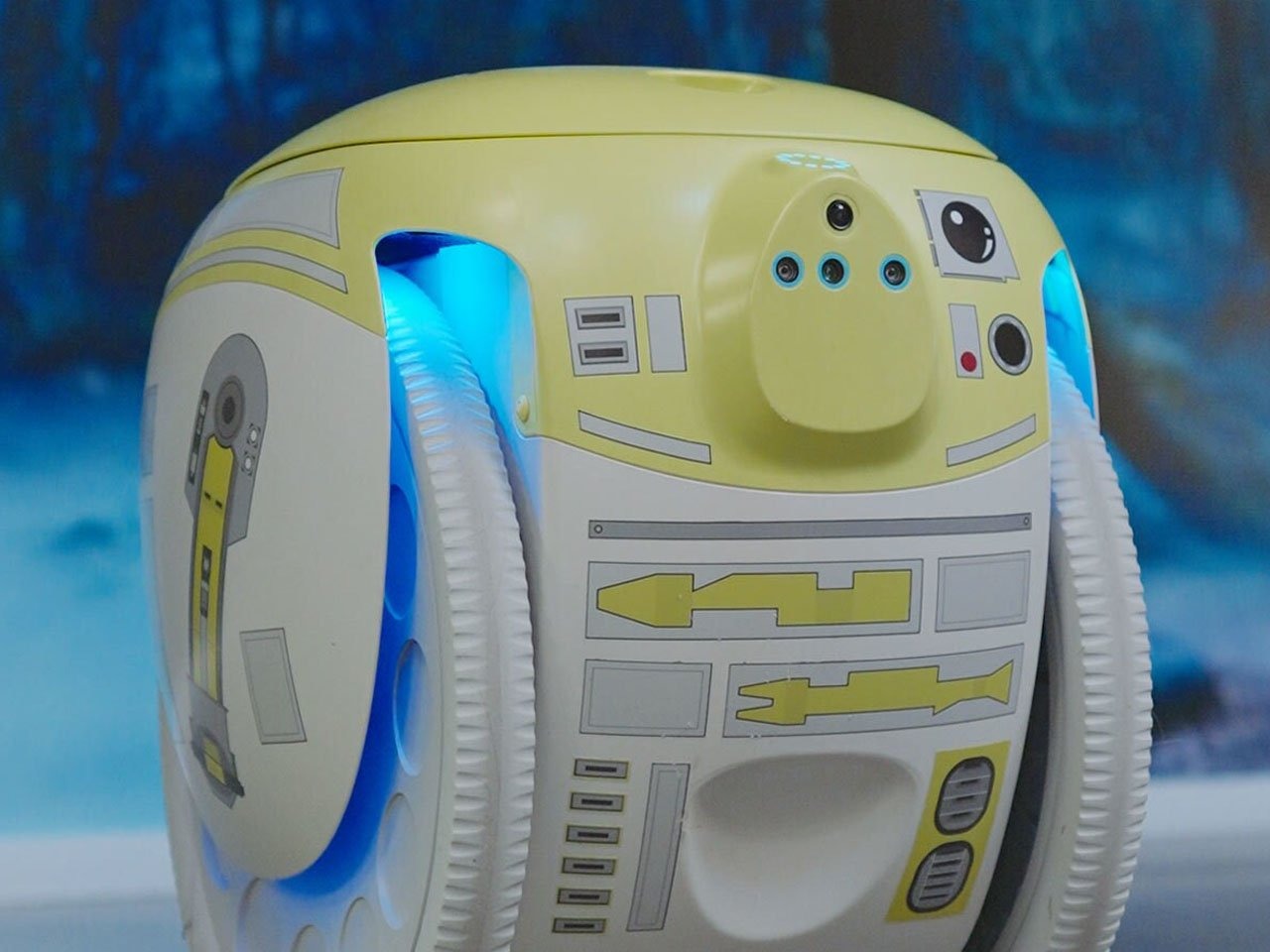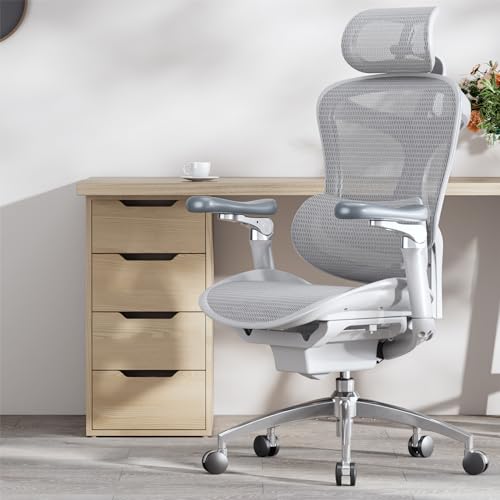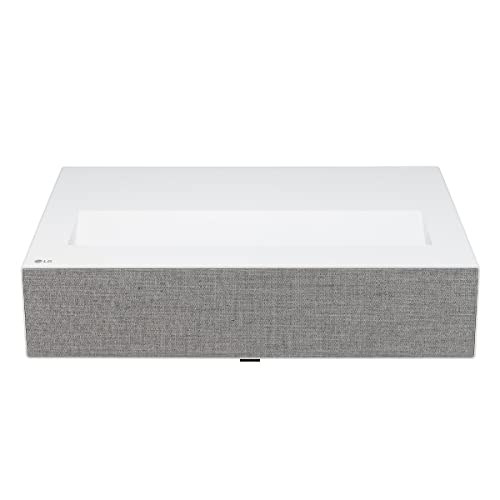Our 1940s grandparents tackled daily challenges with ingenious tools born from wartime necessity. During this resource-scarce decade, they depended on sturdy jar lifters to safely handle scalding containers when preserving the 1940s victory garden harvest. Their 1940s kitchens featured flat whisks that conquered thick gravies and those risky puncture-style can openers that turned tin cans into dinner during strict rationing. The innovative tools of the 1940s weren’t just conveniences – they became essential survival gear in a decade shaped by global conflict and home front sacrifice.
These tools required muscle, patience, and know-how instead of batteries or apps. Discovering these clever solutions from yesterday gives us a new appreciation for the practical wisdom our ancestors applied to their daily tasks.
25. Bean Stringer/Slicer
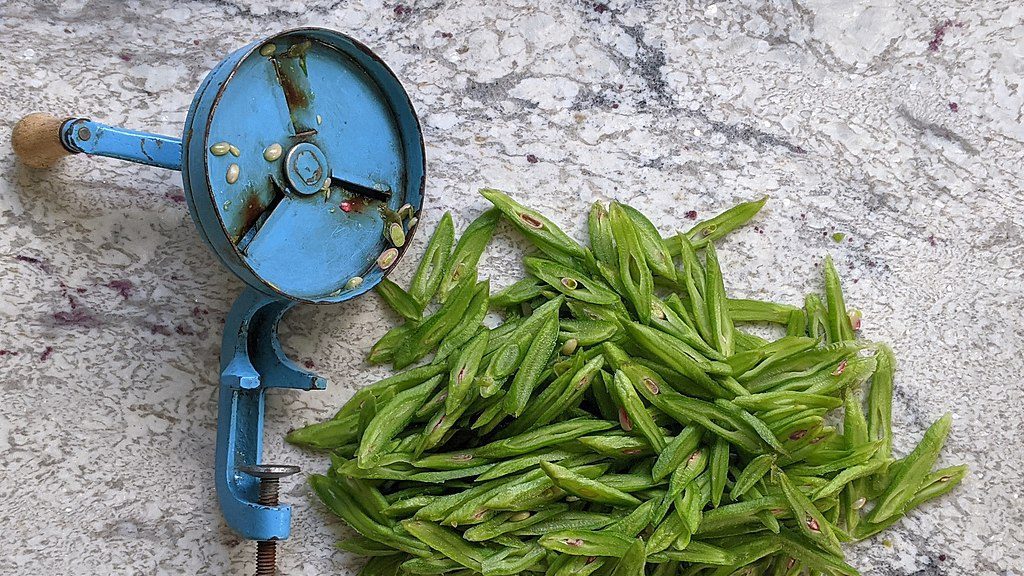
Need fresh beans prepped fast? The bean stringer (officially called the Bean Frencher) handled it with brutal efficiency. Its design packed end-snipping blades with string-removing slots in one compact tool. Users pulled beans through to strip those tough fibers while the tool sliced lengthwise.
Unlike today’s pre-cut options at grocery stores, this 6-8 inch stainless steel tool demanded elbow grease. Popular in American households from the 1930s through the 1960s, the bean stringer showed how 1940s kitchens valued hands-on work. While highly specialized tools like this have faded, many vintage-inspired kitchen appliances still celebrate that era’s craftsmanship and practicality.
24. Slide Rule
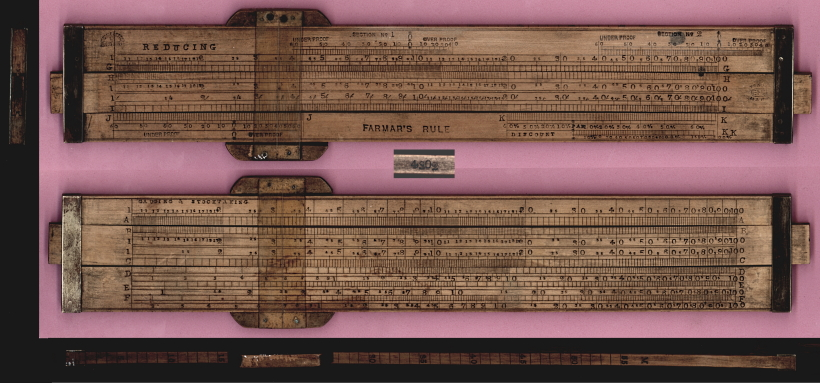
Collectors still respect slide rules for their no-nonsense design. These analog calculators used logarithmic scales to crunch numbers fast. Engineers relied on slide rules for everything from basic multiplication to complex square roots. Even NASA’s brightest minds used them for mission-critical calculations during early space missions.
The electronic calculator killed them off in the mid-1970s. A standard 10-12 inch slide rule represents how technical skills evolve over time. Widely used in scientific and engineering fields from the 1600s to the 1970s, these instruments show what humans accomplished without chips and batteries.
23. Puncture-Style Can Opener

Modern can opener users would be shocked by these dangerous ancestors. The Church Key can opener worked by stabbing and sawing through metal lids. This created jagged edges that sliced fingers with alarming frequency. Cuts happened so often they became an expected kitchen hazard. Made of steel or tin-plated steel and typically 3-5 inches long, these openers dominated kitchens from the 1930s to the 1960s.
Today’s openers offer much safer and more user-friendly designs. That simple opener represents the early stages of kitchen tool evolution. The design prioritized function over safety, a common approach in 1940s kitchens.
22. Milk Chute
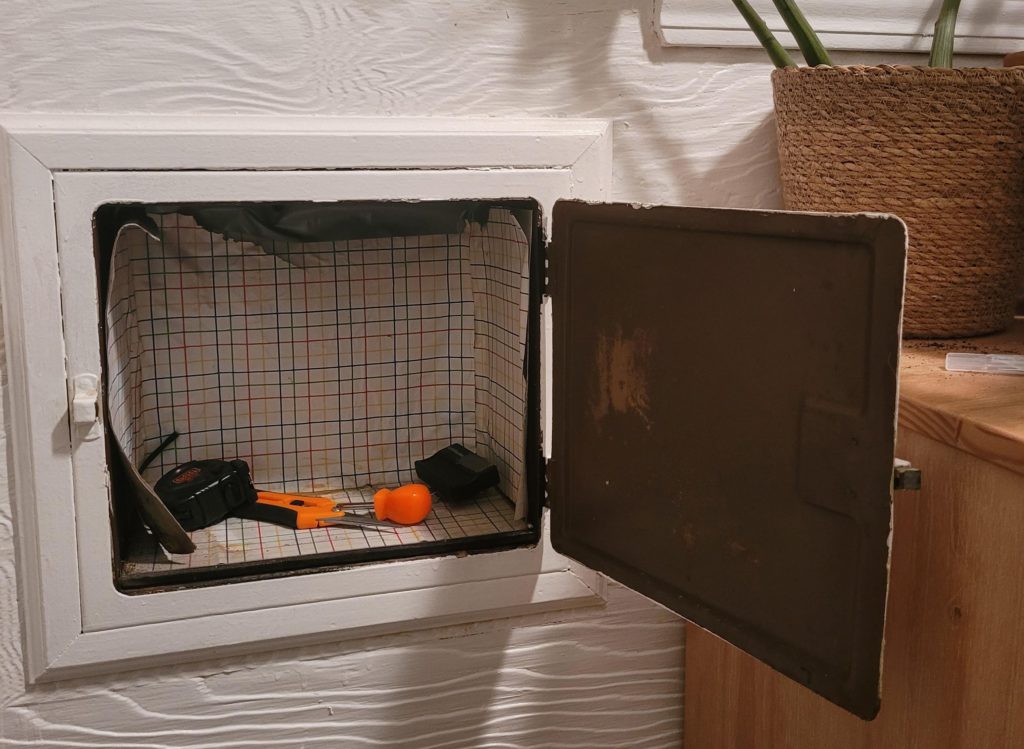
Your doorstep once welcomed fresh milk daily. Milk chutes enabled this service with their practical design. This small door (typically 12 inches wide and 18 inches tall) protected bottles from theft while keeping them cool. Often insulated, these architectural features appeared in American homes built from the 1930s to 1960s.
Supermarkets eventually killed home milk delivery, while better refrigeration eliminated the need for daily deliveries. Younger visitors now view these openings in older homes as curious architectural puzzles. They represent an era when convenience had different meaning. Most modern construction omits this once-common feature entirely.
21. Pie Crust Trimmer
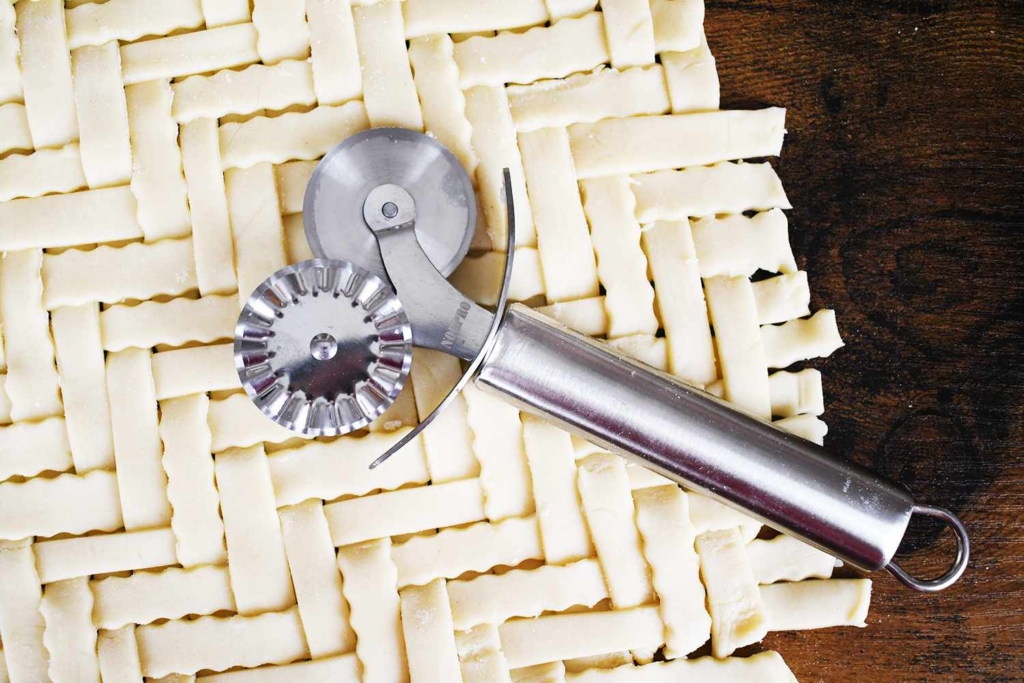
Home bakers achieved professional-looking results with pie crust trimmers (officially called Pie Crust Crimpers and Trimmers). These stainless steel or aluminum tools created clean, perfect edges every time. Featuring wheel diameters of 2-3 inches and handles around 3-4 inches long, they impressed dinner guests with fancy patterns.
Popular from the 1930s to 1970s, they originally sold for just $1-$5. The frozen pie shell eventually made these tools obsolete. Few modern bakers bother with dedicated trimmers. Our cooking habits evolved past these specialized tools. Vintage pieces now fetch $10-$30 from collectors.
20. Flat Egg Whisk
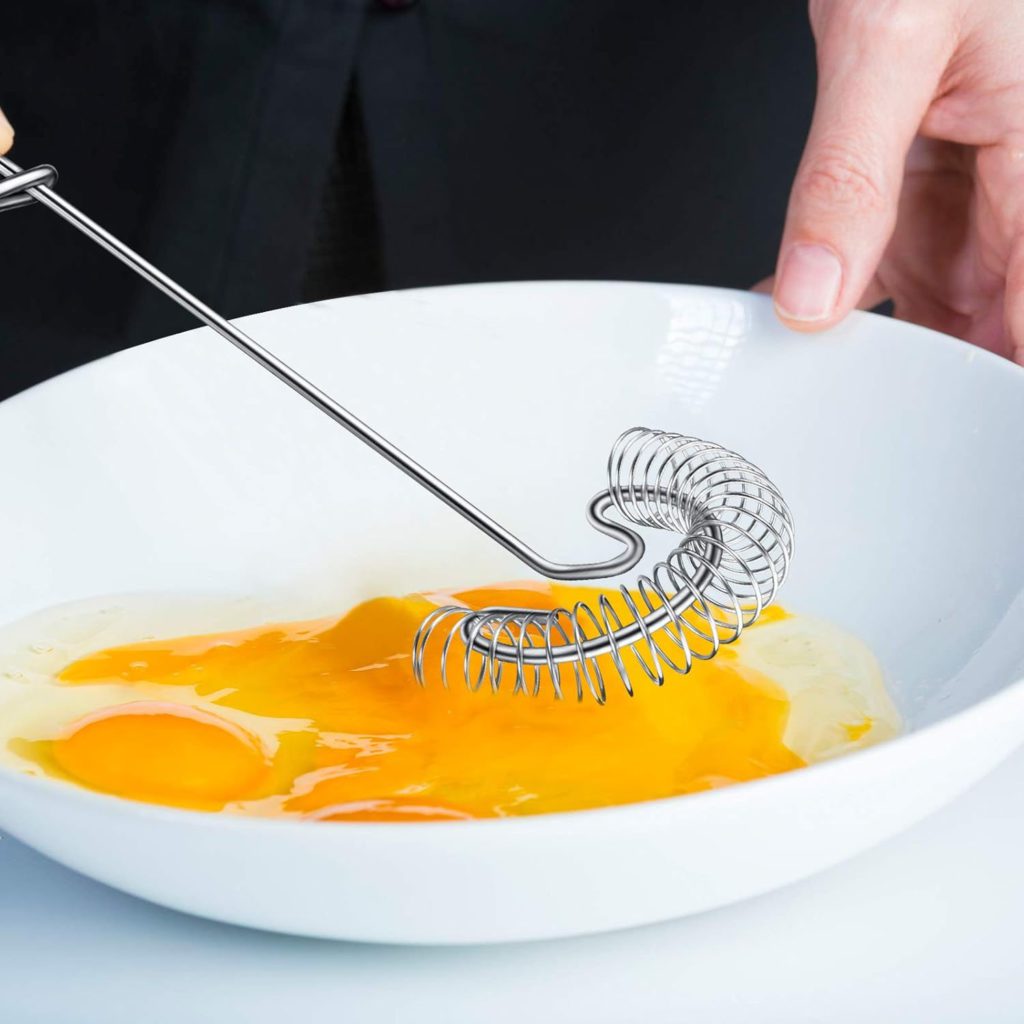
According to kitchen historians, flat whisks addressed specific cooking challenges. Officially called the Flat Coil Whisk, this once-essential tool populated most kitchen drawers. Its flat shape helped cooks stir thick gravies and sauces without getting stuck. Made of stainless steel or tinned steel and typically 8-12 inches long, these whisks excelled at making roux and gravies.
Balloon whisks and electric mixers eventually pushed them aside. Flat whisks offered cooks precise manual control when working with heavy mixtures. Kitchen technology evolved beyond this specialized tool. Fewer cooks reach for flat whisks today, though modern versions sell for $5-$15.
19. Brownie Camera
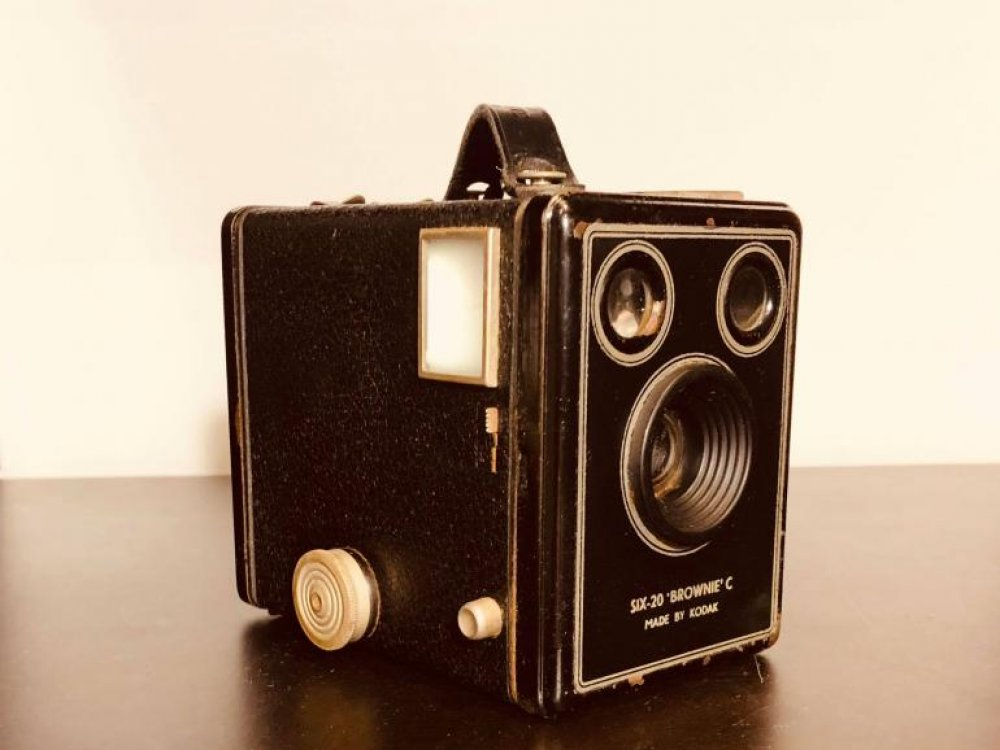
Photography became accessible to everyday people thanks to Kodak Brownie cameras. These simple box cameras used 117 roll film (later models used 120 film) to capture ordinary moments. With their fixed-focus lens and single shutter speed, they put picture-taking power in regular hands for the first time. Digital technology eventually rendered film cameras obsolete.
The original Brownie cost just $1 in 1900, and Kodak sold over 25 million Brownies in various models. Photography democratized decades before selfies through these humble devices. Vintage Brownies now sell for $20-$200 depending on model and condition.
18. Jar Lifter

Specialized tools helped home cooks who preserved their harvest. Jar lifters tackled the dangerous problem of removing scalding jars from boiling water during canning. Made of coated steel or heavy-duty plastic and typically 8-10 inches long, these tools featured spring-loaded grip mechanisms.
Home canning peaked during 1940s rationing when preserving food became essential. Supermarkets eventually reduced the need for home preservation. Jar lifters prevented painful burns during canning sessions. They remain useful for the diminishing population of food preservers. Modern versions cost $10-$20, while vintage models fetch $5-$15.
17. Mechanical Adding Machine
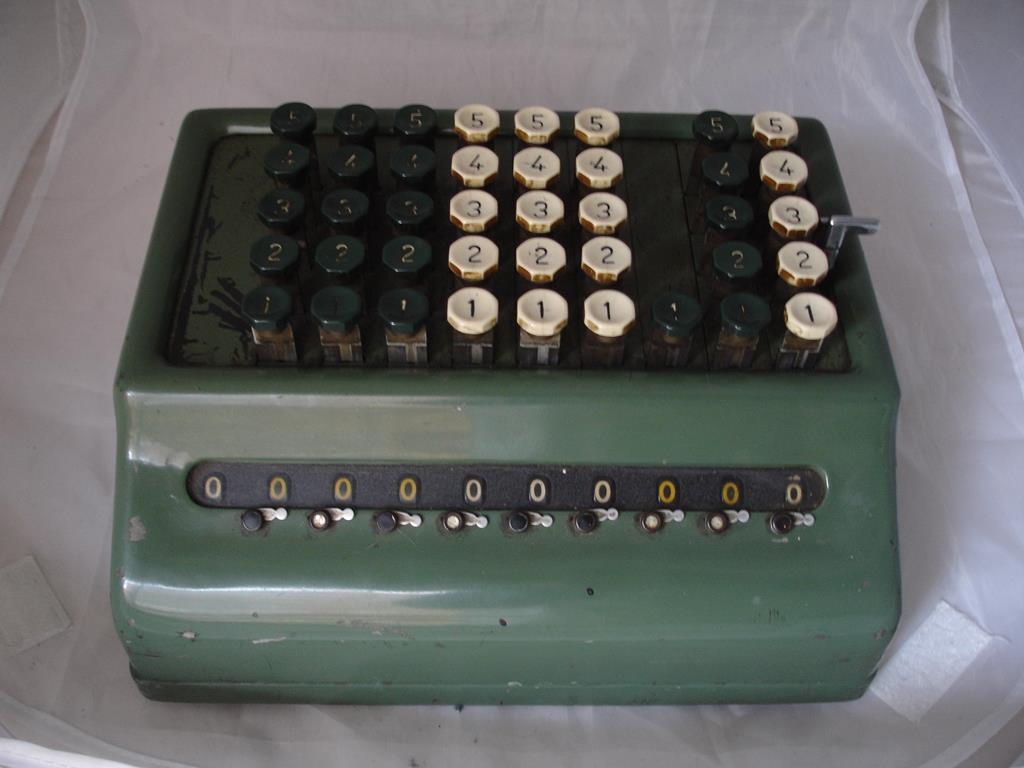
Bookkeepers once relied on serious hardware for tax season calculations. Mechanical adding machines enabled accurate accounting before computers arrived. Their intricate gears and levers processed numbers reliably. Typically 12 inches wide and weighing 10-20 pounds, these machines handled addition, subtraction, and sometimes multiplication. Electronic calculators quickly rendered these heavyweight devices obsolete.
Models like the Burroughs Adding Machine cost between $100-$300 in the 1940s-1950s – representing a significant investment. Today’s smartphone calculators make these machines seem prehistoric. Vintage models now sell for $50-$500 depending on condition and manufacturer.
16. Clothes Sprinkler
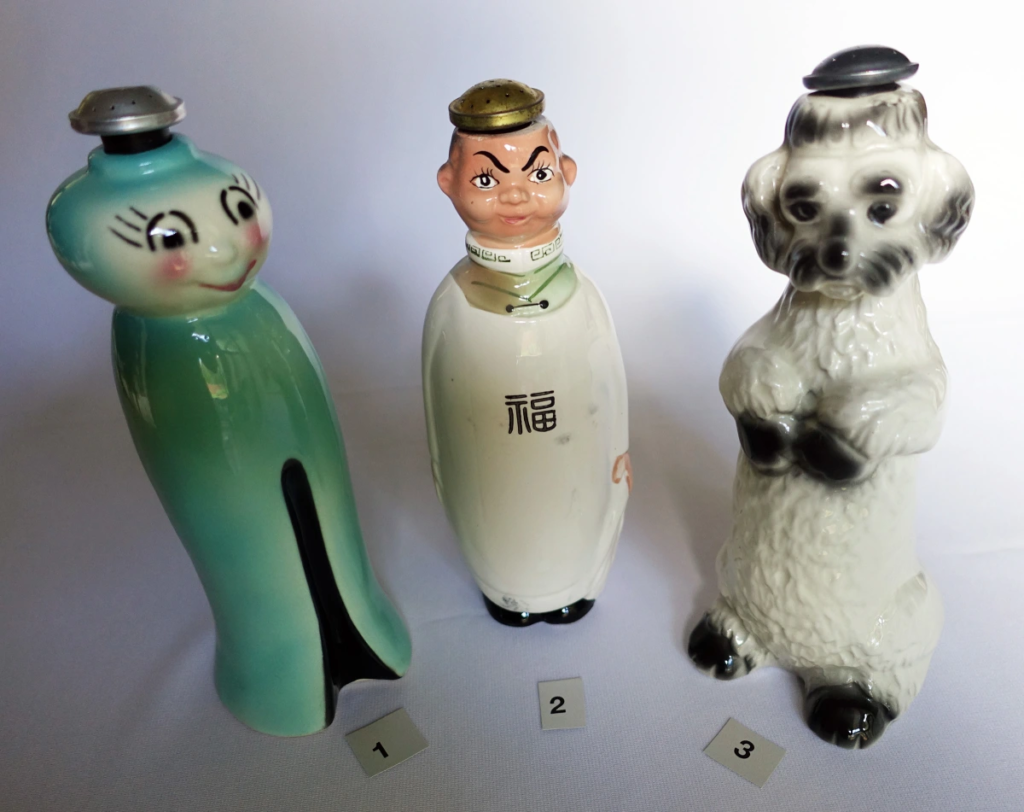
Preparing clothes for ironing once demanded specific tools and techniques. Clothes sprinkler bottles distributed moisture evenly across fabrics before pressing. Made of glass or plastic with a capacity of 12-16 ounces, they featured cork or plastic tops with perforated metal sprinkler heads. Water prevented fabric scorching while effectively removing wrinkles.
The arrival of spray bottles and steam irons eventually made these specialized tools unnecessary. Laundry rooms across America kept these tools handy from the 1930s to 1960s. Originally priced at $0.25-$1, these practical devices solved real problems for homemakers. Vintage glass sprinklers now attract $10-$30 from collectors.
15. Ice Box

Meal planning revolved around ice delivery schedules for many families. Ice boxes preserved food before electric refrigeration became available. These insulated wooden cabinets, lined with tin or zinc, measured about 3 feet tall, 2 feet wide, and 2 feet deep. Daily, ice deliverymen hauled heavy blocks up apartment stairs to fill them. Electric refrigerators eventually made this entire system obsolete.
Standard ice boxes preserved food for only a few days and needed drip pans to collect melted ice water. Food storage depended on these wooden cabinets from the 1830s to 1930s. They cost between $15 and $50 in the early 20th century. Restored antique ice boxes now command $200-$2000 depending on condition and style.
14. Hand-Crank Phonograph

These mechanical music players remain prized targets for serious collectors. Hand-crank phonographs introduced recorded sound to ordinary homes. Typically 12-18 inches wide and featuring horn speakers for sound amplification, they required manual winding to power the turntable. They played 78 rpm records that lasted just a few minutes before needing rewinding.
Electric phonographs eventually eliminated the need for hand-cranking. Original Victor Talking Machine models cost $15-$50 in the early 1900s. Technology rapidly advanced beyond these mechanical marvels. Restored antique models now fetch $200-$2000+ depending on condition and manufacturer.
13. Washboard
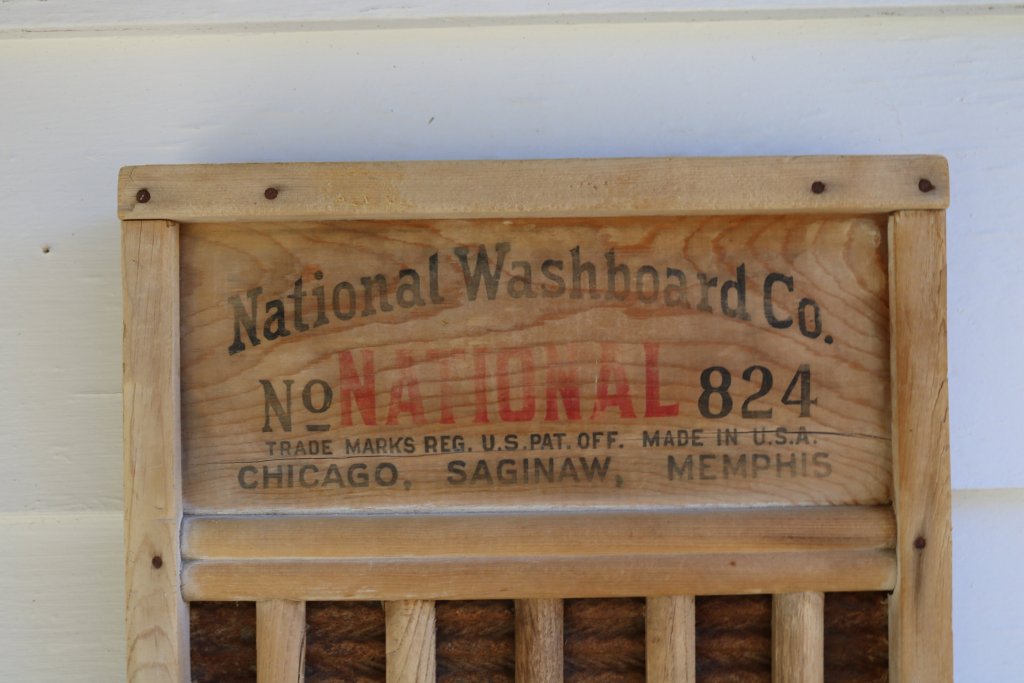
Physical labor defined laundry day when washboards dominated domestic life. These simple tools required scrubbing clothes against ridged surfaces to remove dirt. 2-foot tall, 1-foot wide wooden frames held corrugated metal, glass, or brass washing surfaces, often featuring a soap dish at the top. The manual cleaning process relied entirely on friction and human effort.
Electric washing machines eventually liberated people from this exhausting work. Each load demanded hours of vigorous scrubbing. Modern households have abandoned washboards for practical laundry use. Originally priced at $0.50-$2 in the early 20th century, vintage washboards now sell for $20-$50, with many repurposed as musical instruments or decorative items.
12. Oil Lamp

Darkness retreated when kerosene lamps illuminated homes after sunset. These practical light sources burned liquid fuel to produce steady illumination. Standing 10-15 inches tall, they combined glass or metal fuel reservoirs with wicks and protective glass chimneys. Rural areas particularly depended on their consistent flames for reading and household tasks.
The spread of electric lighting gradually pushed oil lamps toward obsolescence. Each lamp offered modest but functional brightness. Priced between $0.25-$5 in the late 19th/early 20th century, antique lamps now command $50-$500+ from collectors, with prices varying based on style and condition.
11. Manual Reel Mower
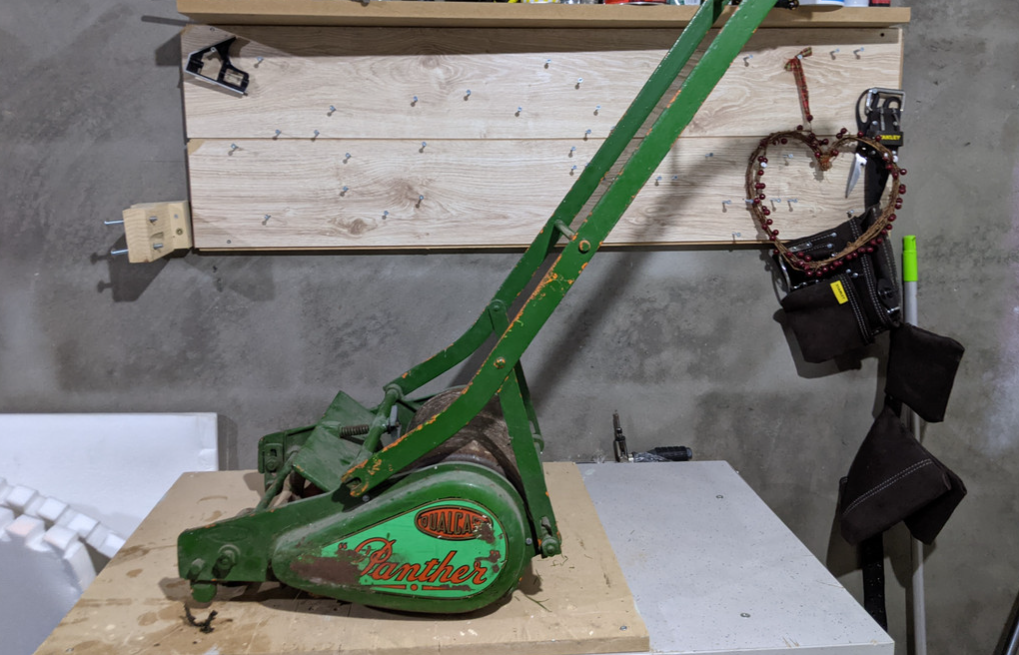
Maintaining lawns once developed impressive upper body strength. Push reel mowers sliced grass using nothing but human muscle power. Featuring typically 5 bladed cutting reels with 14-20 inch cutting widths and weighing 15-25 pounds, these tools converted forward motion into blade rotation through simple gears. Gas-powered alternatives quickly displaced these manual implements.
While they cut cleanly, push mowers demanded significant physical exertion. Modern gas and electric options have transformed lawn maintenance into a less strenuous task. Originally priced at $5-$15 in the early 20th century, environmentally-conscious consumers can still purchase updated versions for $70-$200, while vintage models typically fetch $20-$50.
10. Coal Burning Furnace
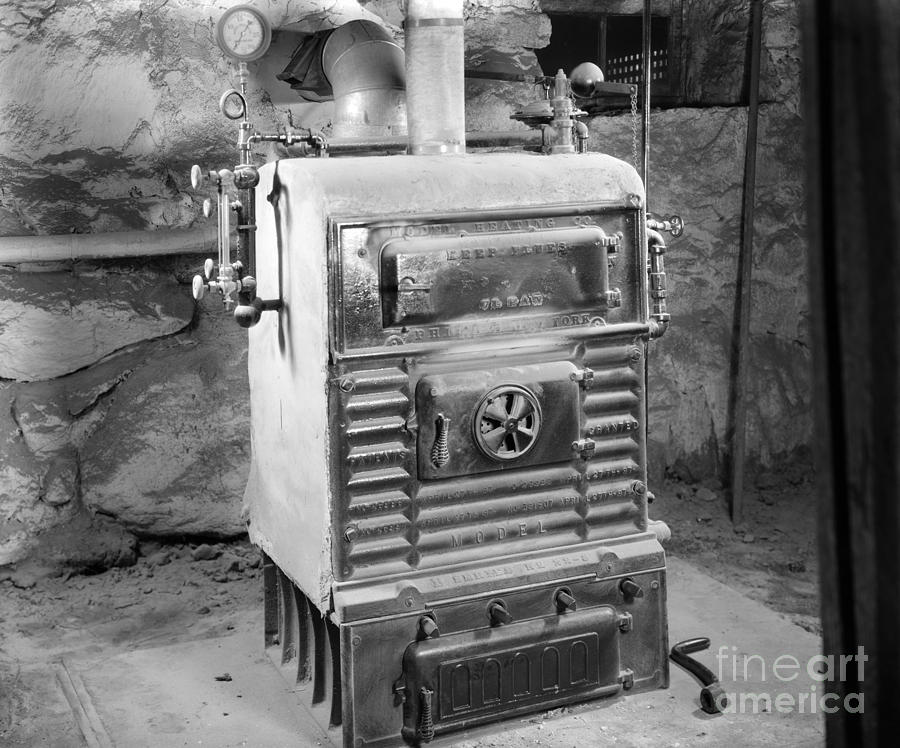
Constant vigilance characterized home heating before automation. Coal-burning furnaces kept families warm through brutal winters. Made of cast iron and typically 4-5 feet tall with a 3-foot diameter, these monsters demanded regular feeding. Homeowners shoveled coal throughout the day and night to maintain comfortable temperatures. Modern central heating systems eventually eliminated these labor-intensive arrangements.
During cold nights, someone had to monitor the furnace continuously. Common in American homes from the 1880s to 1950s, these heating systems required significant investment, with installation costs between $100-$300 in the early 20th century. Contemporary homes have completely abandoned coal heating technology.
9. Party Line Telephone

Neighborhood communication networks emerged through party-line telephones. These shared telephone connections linked multiple households through a single line, each home identified by distinctive ring patterns. Patient neighbors waited their turns to make calls when the line became available. Phone etiquette became crucial social currency when up to 10 families shared one connection.
The system fostered both community interaction and unavoidable privacy challenges. Common in rural areas from the 1890s to 1970s, party lines gradually disappeared as private connections became standard. Vintage telephones from this era now attract $50-$200 from collectors and decorators seeking authentic period pieces.
8. Windup Alarm Clock
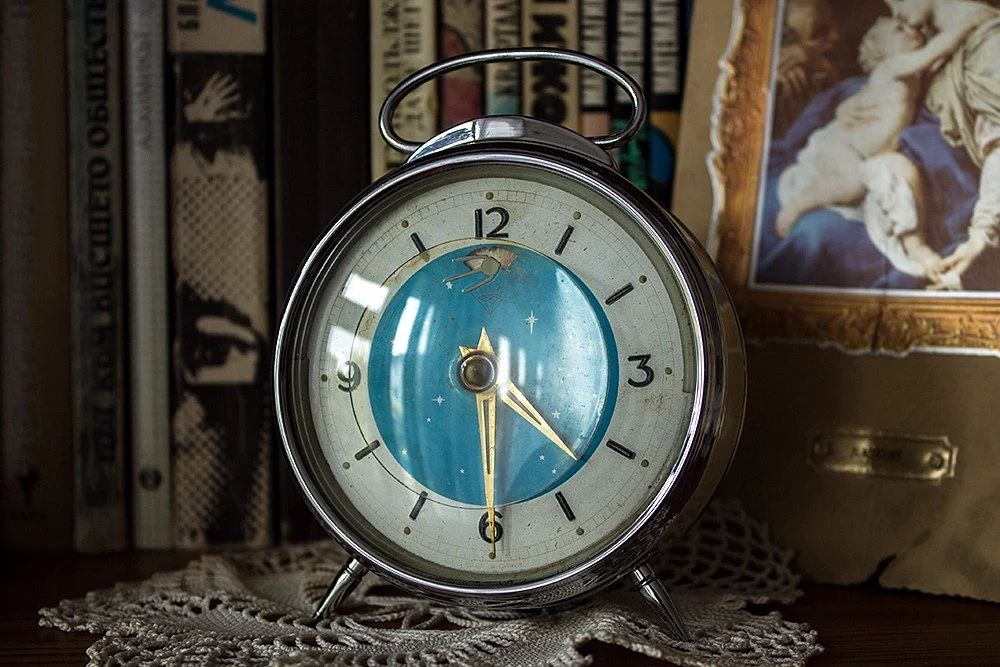
Mechanical precision ensured punctual morning risings before digital technology. Mechanical alarm clocks demanded daily maintenance from their owners. Typically 4-5 inches in diameter with spring-driven movements, these timepieces required users to twist keys that stored energy for operation. Their harsh, unmistakable ring penetrated even the deepest sleep.
Winding the clock became an essential nightly ritual for working people. Digital alternatives eventually replaced these intricate mechanical devices. Priced between $1-$5 in the mid-20th century, these once-commonplace items have transformed into collectibles. Vintage models now sell for $20-$100 depending on manufacturer, style, and condition.
7. Fountain Pen
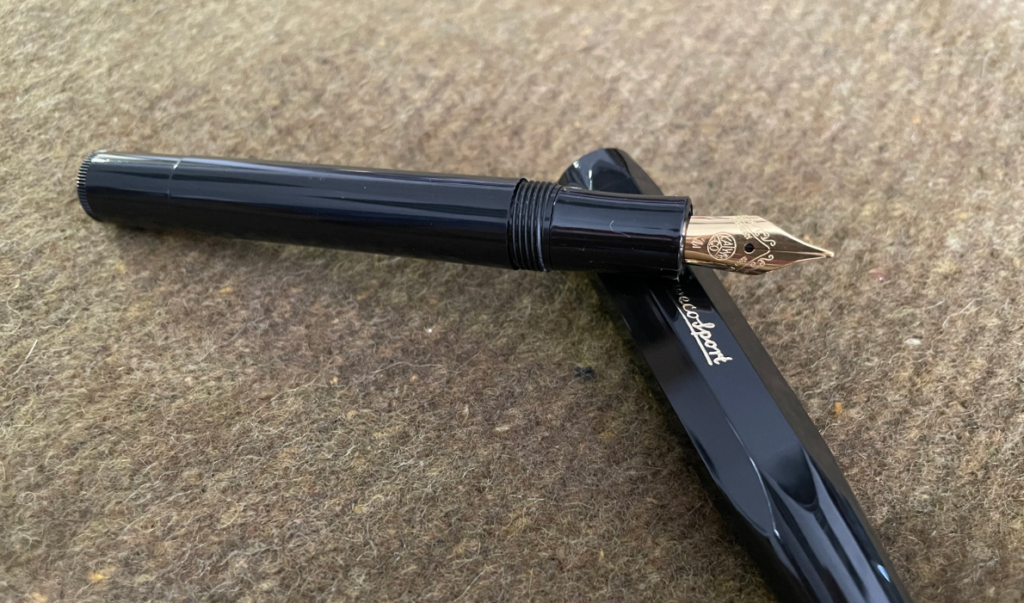
Elegant writing flowed from fountain pens before ballpoints dominated the market. These sophisticated instruments carried internal ink supplies that eliminated constant dipping. Typically 5-6 inches long with nibs crafted from gold, steel, or other metals, they featured lever, button, or piston filling mechanisms. Ballpoint pens eventually captured the mass market with their convenience. Refillable cartridges later improved the fountain pen experience.
These writing instruments symbolized education and professional status. Penmanship became a point of pride for fountain pen users. Basic models cost around $1 while luxury versions commanded $20+ in the mid-20th century. Vintage and antique fountain pens have become highly collectible, with rare models fetching thousands from enthusiasts.
6. Dictaphone
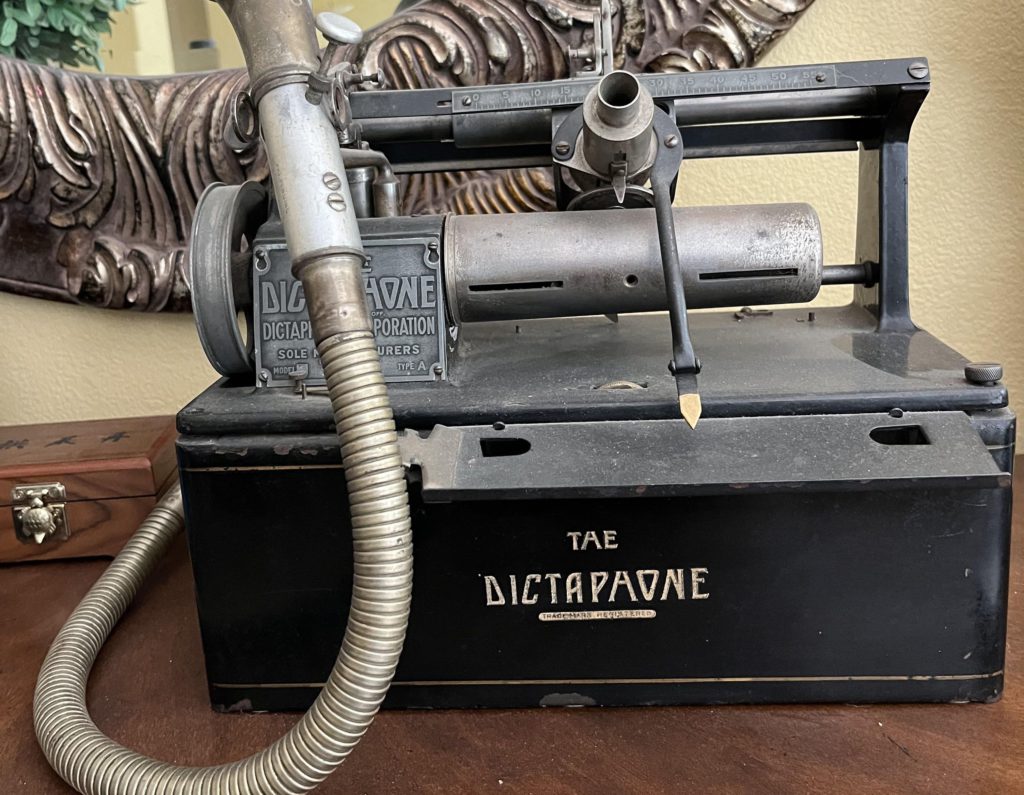
Business correspondence once traveled through recorded cylinders before reaching paper. Dictaphones captured spoken words for later transcription by secretaries. Measuring 12 inches long and 6 inches wide, these office machines featured microphones, playback speakers, and foot pedals for hands-free operation. Executives dictated letters and memos while clerical staff later converted the recordings to typed documents.
Digital recording technology eventually rendered these mechanical devices obsolete. Original machines cost $150-$300 in the mid-20th century—a substantial office investment. Contemporary businesses have completely abandoned this technology for email and digital messaging. Vintage Dictaphones now attract $100-$500 from collectors depending on condition and completeness.
5. Pneumatic Tube System
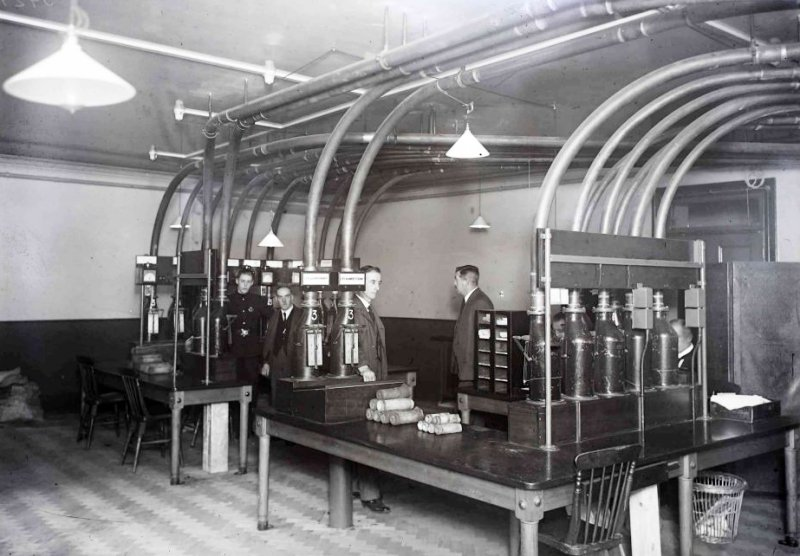
Documents once whooshed between departments at impressive speeds. Pneumatic tube systems transported papers and small items throughout buildings without human messengers. Featuring tube diameters of 2-4 inches, these systems used air pressure to propel capsules through comprehensive networks. Email and digital payment methods eventually eliminated the need for physical document delivery.
The tubes moved items much faster than human couriers could manage. Major organizations invested in extensive tube networks to improve efficiency. Used in offices, hospitals, and retail establishments from the 1850s to 1980s, these custom installations represented significant capital investments, often costing thousands of dollars. Most settings have now abandoned this technology, leaving it with minimal resale value.
4. Meat Safe
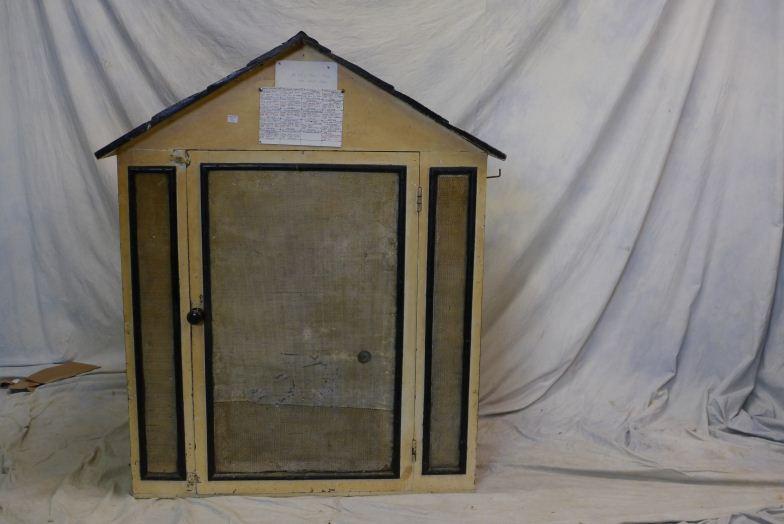
Smart design, not electricity, once preserved food in countless homes. Meat safes protected edibles from flies and insects through mesh or perforated panels that allowed air circulation. Measuring approximately 3 feet tall, 2 feet wide, and 18 inches deep, these cabinets extended food freshness slightly through passive ventilation. Modern refrigeration technology eventually made these storage units completely obsolete.
Households relied on meat safes from the 1700s to 1930s before electric refrigerators transformed food preservation. Originally available for $5-$20 in the early 20th century, these practical storage solutions have disappeared from contemporary kitchens. Antique meat safes now fetch $100-$500 from collectors based on condition and decorative elements.
3. Gas Powered Iron
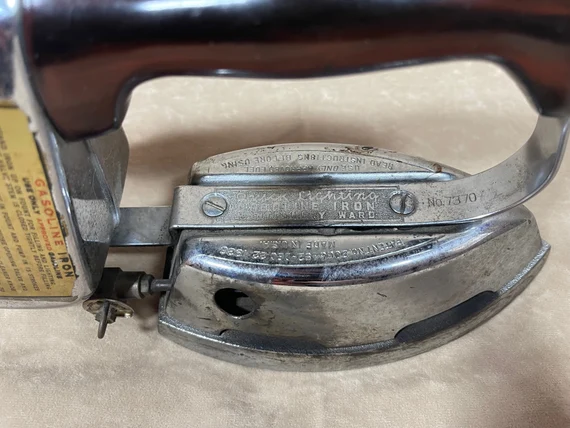
Clothing care carried serious safety hazards before electrical alternatives appeared. Gas irons generated heat through open flames connected to fuel sources. Weighing 5-7 pounds and tethered to gas lines via flexible hoses, these tools presented constant burning and fire risks during pressing sessions. Electric irons quickly replaced these dangerous implements when safer options became available.
Uneven heating characterized these heavy pressing tools despite their popularity. Many housewives in the 1940s accepted these dangers as part of domestic work. Found in some households from the 1900s to 1940s, gas irons originally sold for $3-$7 in the early 20th century. Safety concerns drove their eventual disappearance from homes. These rare artifacts can command $50-$150 when found in good condition.
2. Rug Beater

Rug cleaning once demanded outdoor excursions and physical exertion. Carpet beaters dislodged embedded dirt through repeated impact against suspended rugs. Crafted from wicker, rattan, or metal wire and typically 2-3 feet long, these simple tools required strength and stamina for effective use. The rhythmic beating action loosened dirt trapped deep within carpet fibers. Vacuum cleaner technology eventually revolutionized this labor-intensive chore.
Dust clouds accompanied this strenuous household task. Priced at just $0.50-$2 in the early 20th century, these basic cleaning implements have largely vanished from regular use. Vintage beaters now fetch $15-$40 as decorative wall hangings and conversation pieces in country-style homes.
1. Vibrating Belt Exerciser
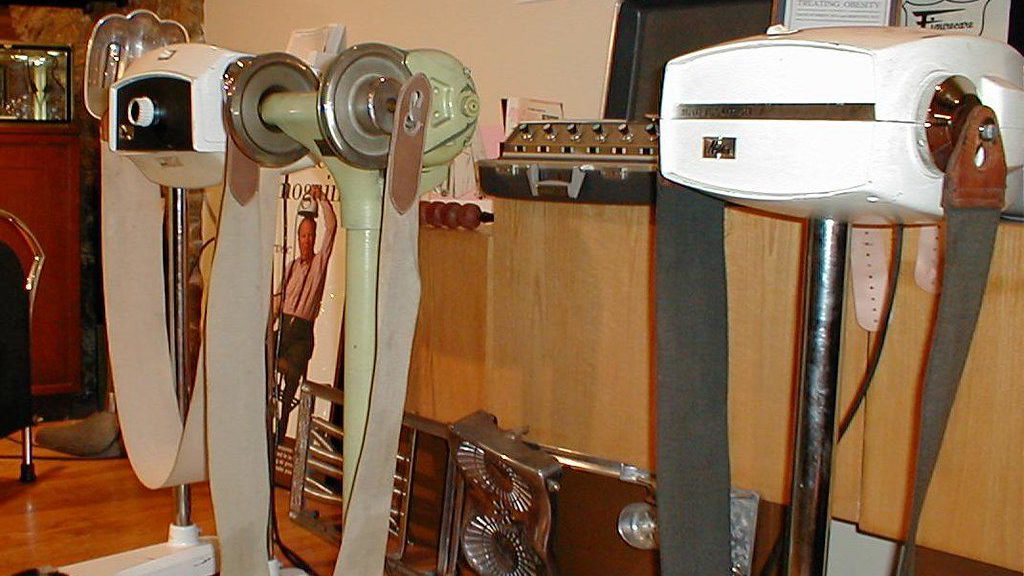
Effortless weight loss gadgets have a deeper history than infomercials suggest. Vibrating belt machines promised fitness without exertion through motorized shaking. Large motors powered a belt that wrapped around the user’s body, purportedly breaking up fat cells through mechanical action. Marketing claims suggested users could lose weight while standing still. Scientific understanding eventually exposed these machines as completely ineffective.
Popular in the 1950s and 1960s, these approximately 5-foot tall machines originally sold for $50-$200. Results predictably failed to materialize, undermining manufacturer claims. Vintage exercise belts occasionally appear at auctions for $100-$300 as nostalgic curiosities rather than fitness equipment.




